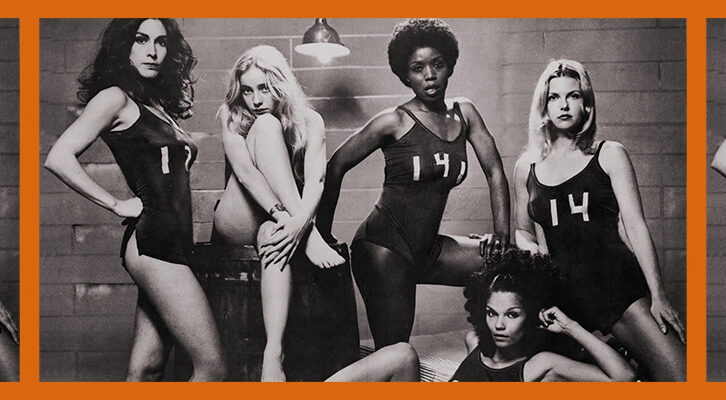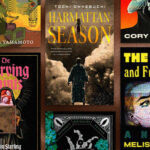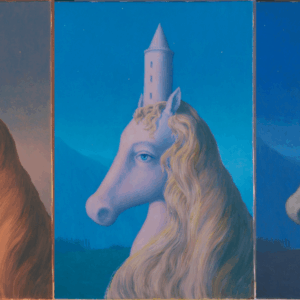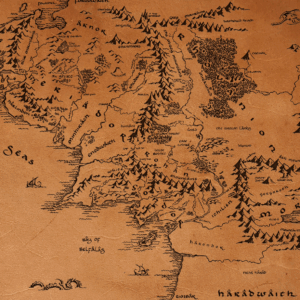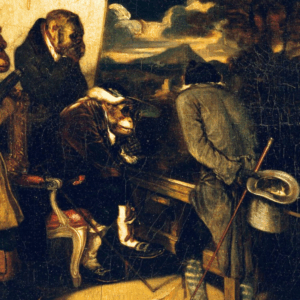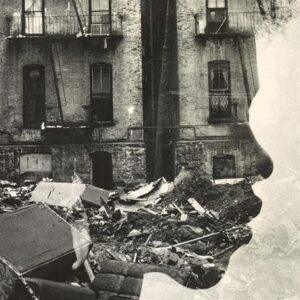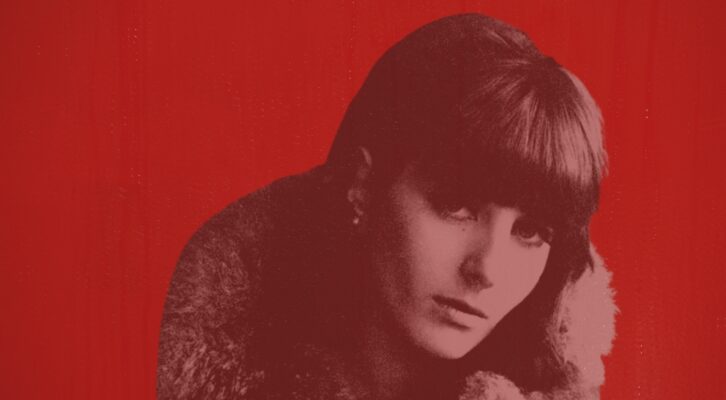
Remembering Writer and New Yorker Mainstay Alison Rose
Cynthia Zarin on Her Late Friend: “She was like an exclamation point in Garamond type...”
I first met Alison Rose when I was twenty-five and she was, I think, forty. It was impossible to tell. She could have been twelve, she could have been eighty. At first, writing this, I typed, typed twenty-dive; though I’ve gone back to fix it, but that is how it felt, then. I had catapulted back to Manhattan after finishing college and into the then unspeakably dreary offices—decor wise, as Alison would say—of The New Yorker, where she had improbably acquired a job working as the receptionist, on the eighteenth “writers” floor of the office, then at 25 West 43rd Street. I spent at least an hour a day in her cubicle, talking to her.
One of the peculiarities of that building was that you could enter the building on 43rd Street—long lobby stretched a whole block—and exit on 44th Street. There was something in that open secret—to glide from one block to another, without going around the corner, out in public onto the street, that to me sums up something about The New Yorker, then. The building had a phalanx of elevators. Only one of the elevators that went up to the magazine’s offices had an elevator operator, who wore, as I recall, a kind of livery. This elevator was retained for William Shawn, who could not ride in an automatic elevator. You did not enter that elevator without being asked.
At the magazine at that time there was a tolerance—the word that comes to mind now is cult, but that would not have occurred to me then—for craziness.
I think now that there something to be said for it; the craziness was right out in the open, so one was not, as in ordinary life, surprised by it. When the elevator doors opened on the 18th floor, there was a small oblong lounge with a tattered couch, the sort with wooden arms and tweedy upholstery that would now be called mid-century modern but was then just a crappy sofa, and to the left there was a plate glass window, and behind that was Alison. It was her job to buzz visitors in.
She was soigné, self-deprecating, every sentence ended in a sigh that seemed to say, is it worth it, really, being alive?
She was like an exclamation point in Garamond type: her body was tiny, and her head seemed by some miniscule proportion to be too big for her body. Almost every single thing that Alison wore was by the French designer Sonia Rykiel: black, with maybe a white stripe. I remember a heretical black sweater with thin red and orange horizontal stripes. Black skirt, black tights, black shoes. This seemed to me then the pinnacle of organized chic, and it still does. Her dark, almost black hair, by the time I knew her, was bobbed, cut straight an inch or two below her chin. Her bangs obscured her vision. Her mascara was black. In l985, she was apparitional. What was she doing there?
My closest pal and I, who had also catapulted into the Oz of the 18th floor after the vastly less complicated world of editing The Harvard Crimson, tried to find out: we were lumberjacks tramping around in the magazine’s snow globe, years from understanding the point of mystery. He remembered an advertisement in a magazine, in which she—maybe—modeled lipstick. He remembered the advertisement because in high school he had spent no little bit of time fantasizing about the girl in the picture, an activity he called “being in love.” But we couldn’t find the photograph, the image of which he had kept in some locked drawer in his heart for a decade. Was it lipstick? Perfume? There was no way of telling and it would have been impossible to ask her. But Alison had that effect on people.
She was soigné, self-deprecating, every sentence ended in a sigh that seemed to say, is it worth it, really, being alive? One was either repulsed or entranced. I was entranced.
In those days writers came into the office most days and roamed around—George Trow, Harold Brodkey. There was a kind of nonchalant vying to sit in the chair in Alison’s cubicle. I can see now that often when George or Harold put their head around my door, and stayed chatting to me out of sheer lassitude, it was because their first impulse was to see if I was indeed at my desk, staring off into space or trying to remember how to make an origami crane, and whether then the coast might be clear to chat up Alison.
She was like an exclamation point in Garamond type: her body was tiny, and her head seemed by some miniscule proportion to be too big for her body.
I knew her for years and came away with very few facts. She was from California. She had a sister. Her dog was called Toast. Her father was a psychiatrist. I visited her a few times in her apartment, where she lived alone. The apartment was white, and when I opened the refrigerator door I found a lemon to put in our gin. There was a bathroom scale in the kitchen. She was terrified of taking up space. I can’t remember a single thing we talked about but I can remember the sound of all that talk, like the beat just before Van Morrison, in “Brown Eyed Girl,” sings “Whatever happened to Tuesday,” and the lines in “Badge” on Cream’s final album, Goodbye, “I told you not to wander around in the dark/ I told you about the swans that live in the park.”
In the old days on the 18th floor the ladies’ room had a little room adjacent to it, which held a cot and a blanket. Maeve Brennan, I was told, often spent the night there. In those days, Alison and I would ask to each other, sagely, “Is it time to go lie down?” Once in a while, pretending to look for pencils in her desk, I’d sit there for her and buzz people in while she had a rest. All that chat was exhausting.
Sometime after I knew her well she began writing for the magazine, often in cahoots with George, and then her pitch-perfect memoir, Better than Sane, Memoir of A Dangling Girl. She was like that, dangling. By that time I was up to my neck in husbands and children. I remember when I asked her why she lived alone, she said, “If there’s a hair in the butter, I want to know whose it is.” She was impossible, and catty, and brilliant, and while she said she would do anything for someone she was mad for, it wasn’t true. She was, in her way, uncompromising.
At least five men I know had affairs with her, and I don’t know everything. She had a way of saying “Really?” that made everything you thought you counted on unreal. When I was married the first time she came out to Long Island and wore a pearl necklace, as a concession. There was a receiving line and when I came to her she was skeletal under her black cashmere, and she shook her head, with tears in her eyes. As usual, she was right.
Cynthia Zarin
Cynthia Zarin's most recent books are Inverno and Next Day: New & Selected Poems. Her new novel, Estate, will be published next week. She is the author of five previous collections of poems, including Orbit and two books of essays, Two Cities, and An Enlarged Heart, and several books for children. She is a longtime contributor to The New Yorker and the recipient of fellowships from the Guggenheim Foundation, the National Endowment for the Arts, and the Ingram Merrill Foundation. A winner of the Peter I. B. Lavan Younger Poets Award and the Los Angeles Times Book Prize, she teaches at Yale and lives in New York City.











